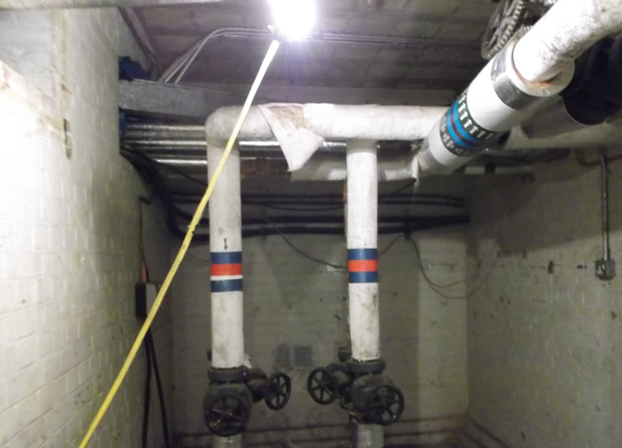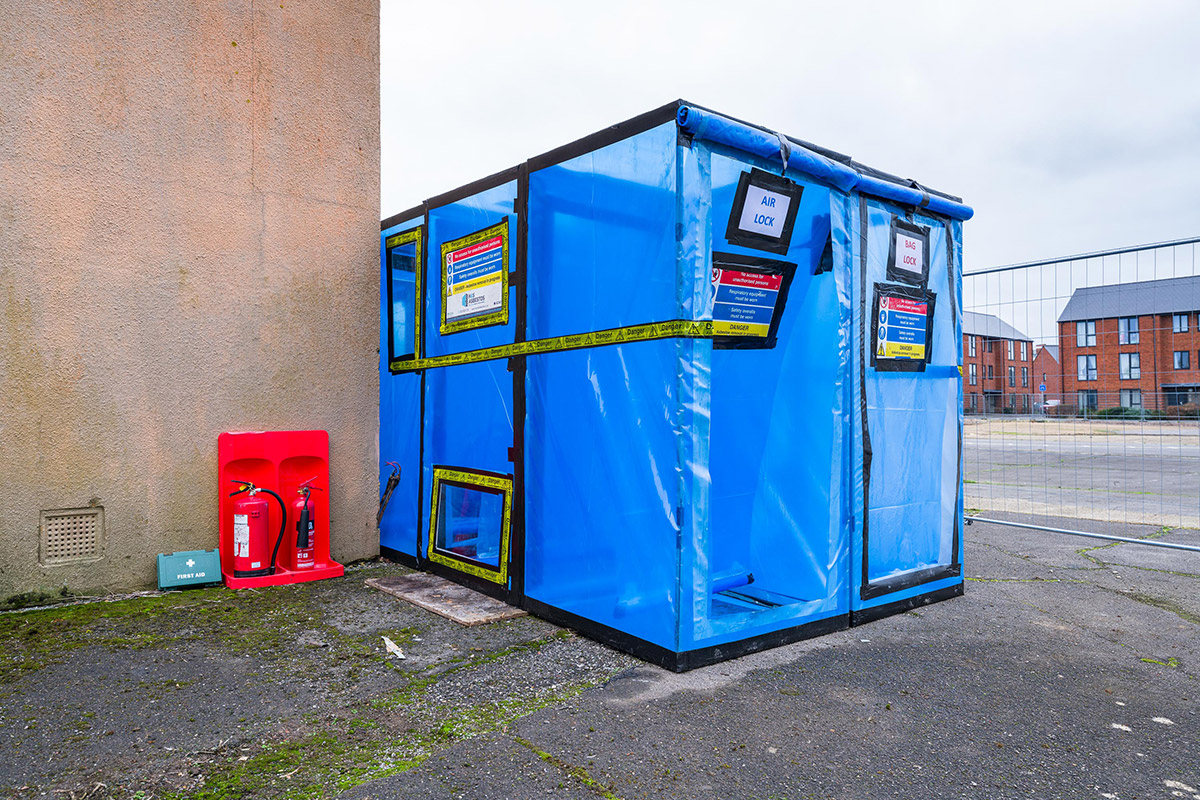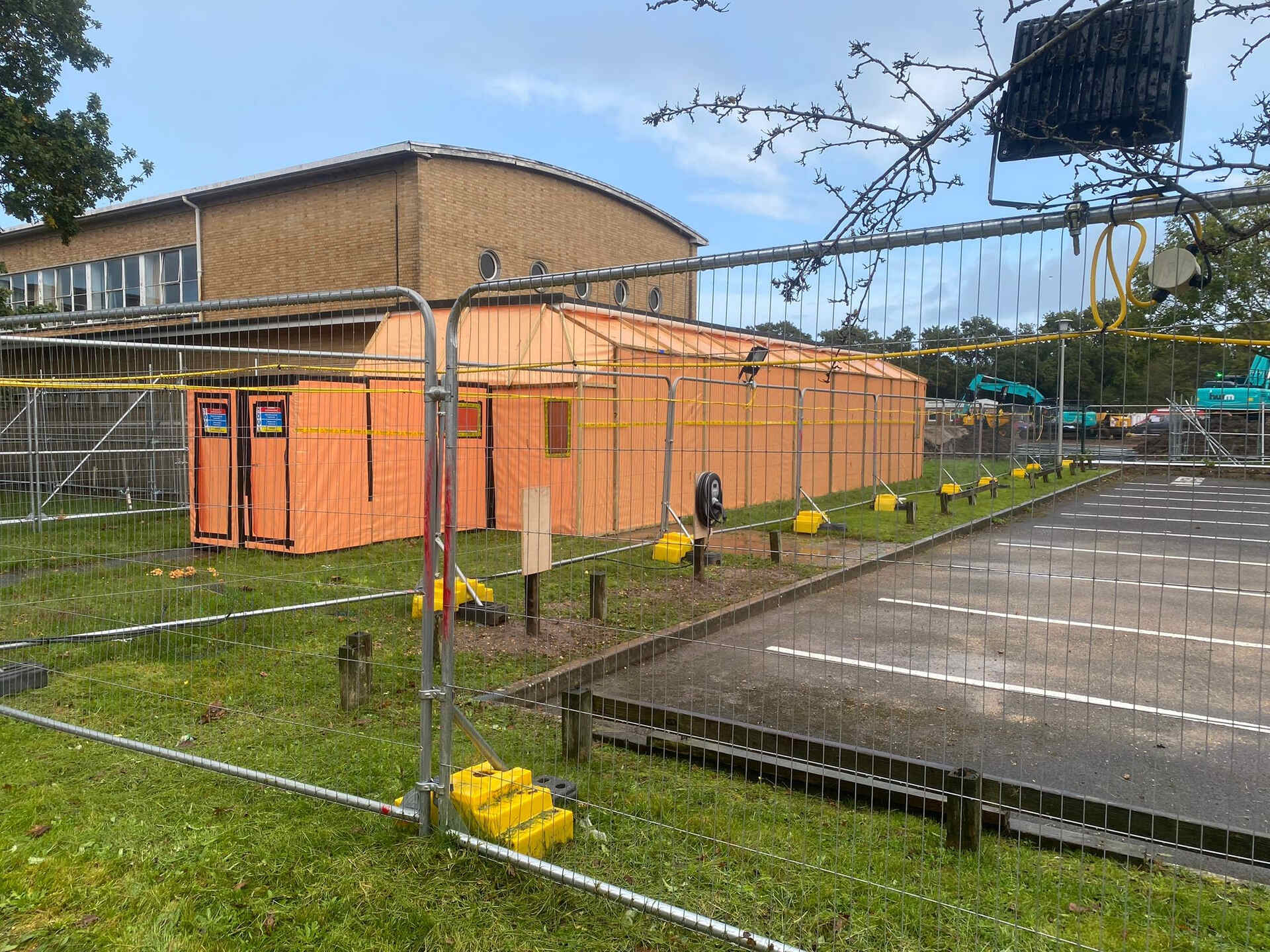Asbestos surveying: Signs you might need professional testing
Luke Gould 6th March 2024
Asbestos is a mineral fibre that was widely used in building materials. Professional asbestos surveying is necessary to identify it.
Since the 1930s, and especially after the 1960s in the United Kingdom, asbestos appeared in over 3,000 items due to its strength and resistance to heat and chemicals.
However, once its health risks became known—particularly when fibres become airborne and are inhaled—the use of asbestos was banned. Despite this, asbestos was not fully prohibited in the UK until November 1999. Here are some common signs that a building might contain asbestos, which may warrant a professional survey:
Age of the Building:
Buildings constructed before the 1980s are more likely to contain asbestos-containing materials (ACMs). It was widely used in construction until its health risks became well-known.
Vinyl Floor Tiles:
Asbestos was commonly used in vinyl floor tiles, and can also have asbestos paper backing, or be fixed with asbestos containing mastic. Older tiles may contain asbestos, especially if they are 9x9 inches in size.
Asbestos insulation board (AIB):
Asbestos was often used in acoustic ceiling tiles. If the tiles are brittle, discoloured, or damaged, there may be a risk of asbestos exposure. Asbestos insulation board (AIB) which is highly friable if damaged is also commonly found within fire breaks, riser panels/boxing and wall lining panels to high fire risk areas such as stairwells to communal areas.
Pipe Insulation:
Asbestos was frequently used to insulate pipes and could have further asbestos material placed within flanges or forming packing to joints. If the insulation is white or grey and appears fibrous, it could contain asbestos. Asbestos insulation might be found on heating ducts and pipes. If the insulation is damaged, it could release asbestos fibres into the air.

Textured Wall and Ceiling Coatings:
Asbestos was widely used in textured coatings prior to its potential dangers being uncovered - from brands like Artex, Marblecoat, Newtex, Pebblecoat and more. Often referred to as "popcorn" or "cottage cheese" ceilings. If the coating is damaged or deteriorating, asbestos fibres may be released.
Roofing Materials:
Some older roofing materials, such as shingles, corrugated sheets or rainwater goods may contain asbestos. Disturbing these materials during maintenance or renovation can release asbestos fibres.
Asbestos Cement Products:
Asbestos was commonly used in the production of cement products, including pipes, roofing, siding, and water tanks. These materials may pose a risk if they are deteriorating or damaged.
Spray-on Fireproofing or Insulation:
Asbestos was used in spray-on fireproofing materials, particularly in buildings with steel structural elements.
Older Appliances and Equipment:
Some older appliances, such as domestic or commercial boilers, wood-burning stoves and certain types of hairdryers may contain asbestos components.

Asbestos is not always visible, so you may need professional testing to confirm its presence. If you suspect asbestos in a building, consult with asbestos abatement professionals to assess the situation and implement appropriate safety measures.
If you are unsure or would like to talk to the team about potential asbestos surveying needs on-site, please get in contact on 02392 833178 or by emailing info@handsasbestos.co.uk.



